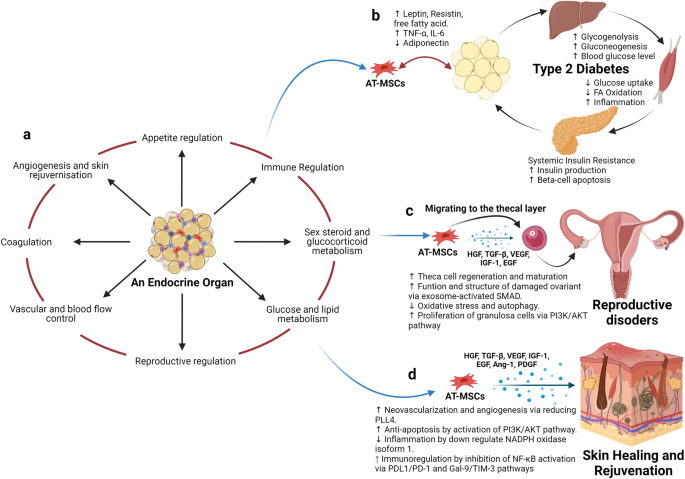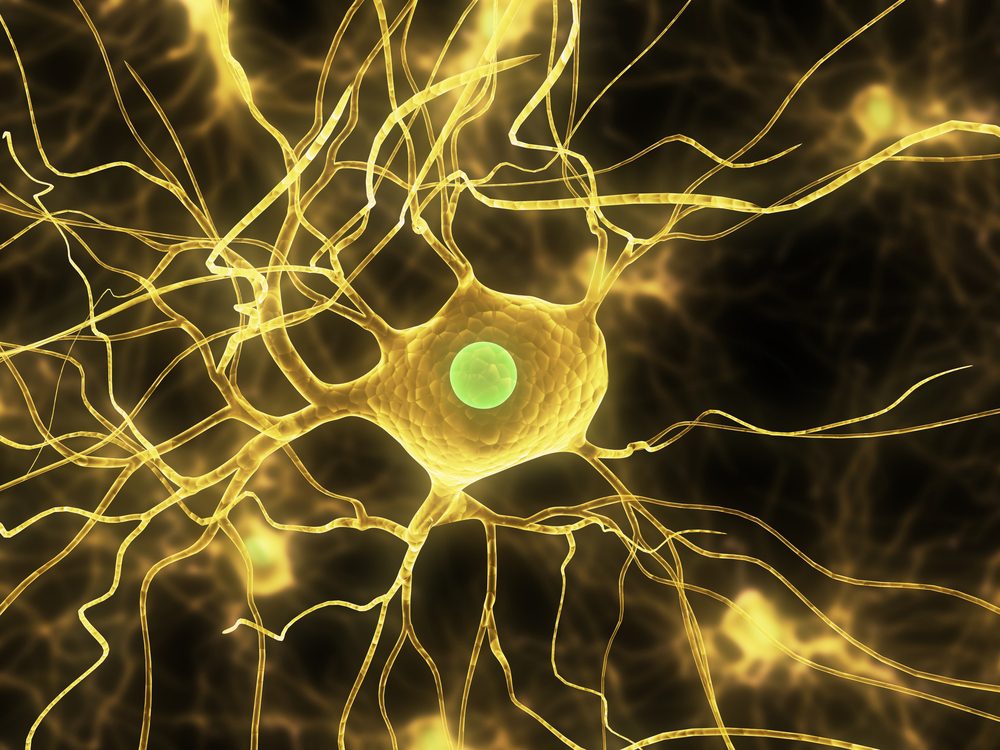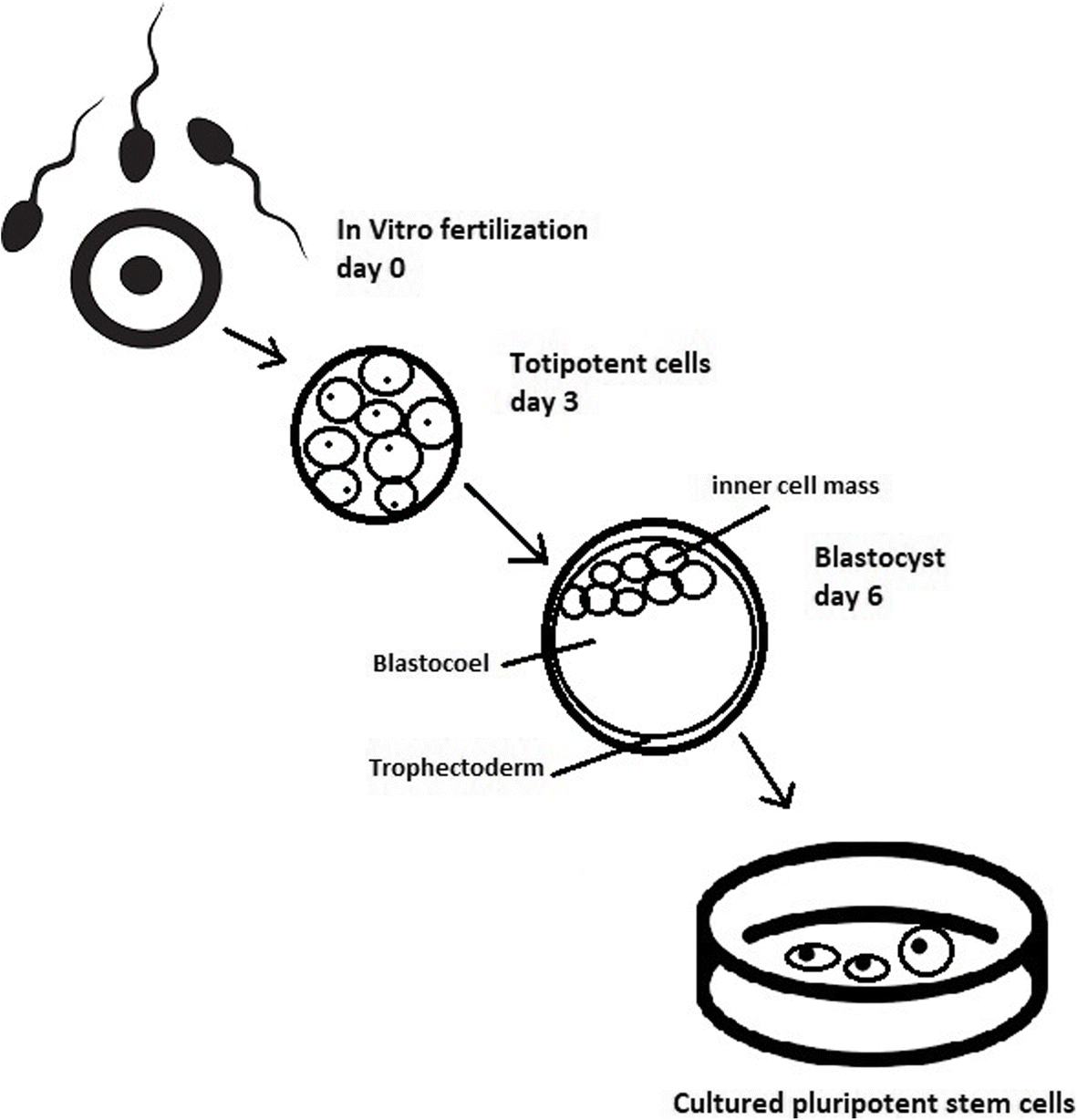
[/image][=video]
[/video]
There are lots of kinds of stem cells. Generally, the term stem cell describes a group of cells that give surge to other cells (like skin, blood, heart, and muscle cells) by replicating and separating in feedback to chemical signs. Totipotent stem cells show up at the earliest stage of growth and are the only stem cells which can create embryonic stem cells and the placenta.
Bone marrow transplant (BMT) is an unique therapy for patients with particular cancers cells or various other diseases. A bone marrow transplant entails taking cells that are generally found in the bone marrow (stem cells), filtering system those cells, and providing them back either to the contributor (patient) or to one more individual. The objective of BMT is to transfuse healthy and balanced bone marrow cells right into a person after his/her very own undesirable bone marrow has been dealt with to kill the unusual cells.
Bone marrow is the soft, spongy tissue found inside bones. It is where the majority of the body's blood cells create and are saved. The blood cells that make various other blood cells are called stem cells. The most primitive of the stem cells is called the pluripotent stem cell. This is different than various other blood cells when it come to the adhering to homes: It has the ability to replicate one more cell the same to itself.
It is the stem cells that are needed in bone marrow transplant. The goal of a bone marrow transplant is to treat lots of illness and sorts of cancer. When the dosages of radiation treatment or radiation needed to heal a cancer cells are so high that an individual's bone marrow stem cells will certainly be permanently damaged or destroyed by the therapy, a bone marrow transplant might be needed.
Medical Group servicing Warren
This procedure is frequently called rescue. Replace bone marrow with genetically healthy operating bone marrow to stop even more damage from a hereditary illness procedure (such as Hurler's syndrome and adrenoleukodystrophy). The threats and advantages must be weighed in a thorough conversation with your doctor and specialists in bone marrow transplants prior to the procedure.
There are different types of bone marrow transplants depending upon who the donor is. The different types of BMT include the following: The donor is the patient himself or herself. Stem cells are taken from the client either by bone marrow harvest or apheresis (a procedure of collecting outer blood stem cells), icy, and afterwards repaid to the individual after intensive treatment.
The contributor shares the same genetic type as the client. Stem cells are taken either by bone marrow harvest or apheresis from a genetically matched contributor, usually a bro or sibling. Other benefactors for allogeneic bone marrow transplants might include the following: A haploid-identical match is when the donor is a parent and the hereditary suit goes to the very least half identical to the recipient.

Matching includes inputting human leukocyte antigen (HLA) cells. The antigens on the surface area of these special white blood cells figure out the hereditary makeup of an individual's immune system. There go to the very least 100 HLA antigens; however, it is thought that there are a couple of significant antigens that determine whether a contributor and recipient suit.
Medical study is still investigating the role all antigens play in the process of a bone marrow transplant. The more antigens that match, the much better the engraftment of given away marrow. Engraftment of the stem cells happens when the contributed cells make their means to the marrow and begin making new members cells.
Menopause Therapy
All people interact to provide the very best possibility for an effective transplant. The team consists of the following: Doctor that specialize in oncology, hematology, immunology, and bone marrow transplant. A registered nurse who arranges all elements of care provided before and after the transplant. The registered nurse planner will offer client education and learning, and coordinates the analysis screening and follow-up care.
Professionals that will aid you fulfill your nutritional requirements prior to and after the transplant. They will work carefully with you and your family. Specialists that will aid you come to be strong and independent with activity and endurance after the transplant. Pastors that provide spiritual care and assistance. A number of various other staff member will certainly examine you prior to transplant and will offer follow-up treatment as needed.

A complete clinical history and physical test are done, including several tests to assess the patient's blood and body organ functions (as an example, heart, kidney, liver, and lungs). A client will typically enter into the transplant facility up to 10 days before transplant for hydration, assessment, positioning of the central venous line, and various other prep work.
Blood products and medications will be given through the catheter throughout therapy. For an allogeneic transplant, an appropriate (cells keyed in and matched) benefactor must be available. Discovering a matching benefactor can be a tough and lengthy procedure, specifically if a brother or sister match is not readily available. Voluntary marrow contributors are signed up in a number of nationwide and global computer system registries.
Benefactor sources available consist of: self, sibling, parent or relative, nonrelated individual, or umbilical cable from a relevant or nonrelated person. There are national and international pc registries for nonrelated people and cable blood. Some member of the family may be keyed in as a result of the need to help. These family members might or might not elect to have their kind signed up for use with various other receivers.
Medical Group
Examinations connected to his/her health, exposure to infections, and hereditary evaluation will certainly be done to figure out the level of the suit. The benefactor will certainly be offered directions on exactly how a bone marrow donation will be made. Once a suit for a client requiring a bone marrow transplant is discovered, then stem cells will certainly be gathered either by a bone marrow harvest.
Or by an outer blood stem cell collection. This is where stem cells are accumulated from the circulating cells in the blood. Of the 2, peripheral blood stem cell donations are now much more usual. Cable blood has currently been accumulated at the time of a birth and kept for later usage.
Navigation
Latest Posts
Hormone Therapy
Menopause Therapy
Menopause Therapy in Warren